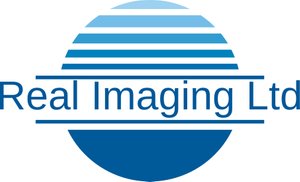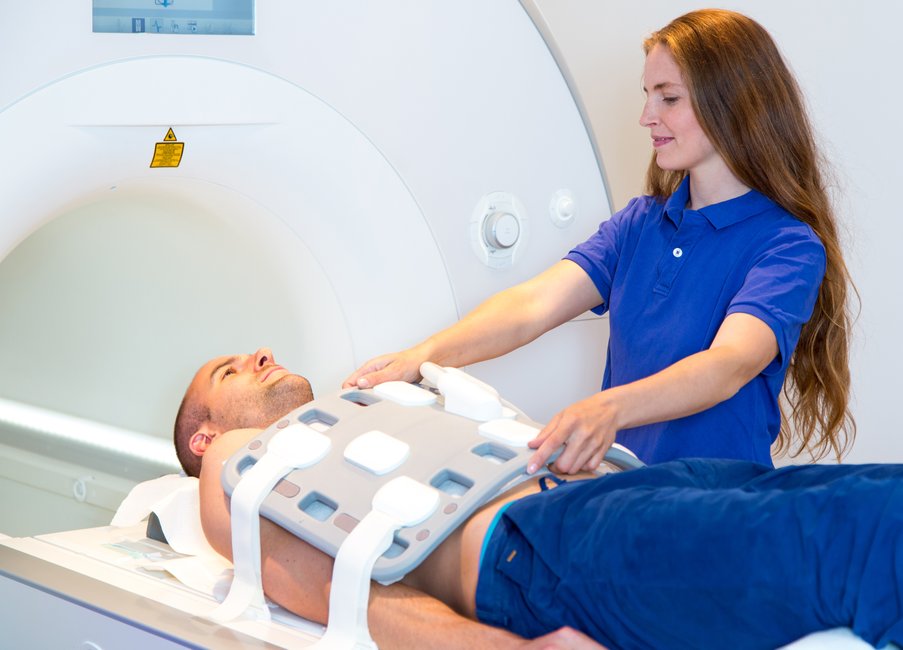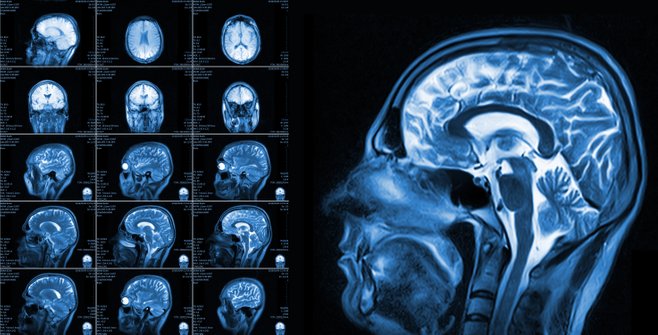What is MRI
Magnetic resonance imaging (MRI) uses radiofrequency waves and a strong magnetic field rather than x-rays to provide remarkably clear and detailed pictures of internal organs and tissues.
The technique has proven very valuable for the diagnosis of a broad range of pathologic conditions in all parts of the body including cancer, heart and vascular disease, stroke, and joint and musculoskeletal disorders. In general, MRI creates pictures that can show differences between healthy and unhealthy tissue.
MRI requires specialized equipment and expertise and allows evaluation of some body structures that may not be as visible with other imaging methods.
MRI Contraindications
The powerful magnetic field used in MRI attracts iron-containing objects and may cause them to move with great force. For this reason, patients are advised to remove all jewelry, clothing, and other items that may contain metal before entering the MRI area. These items could create a hazard during the procedure. Likewise, metal-containing objects implanted in the body can pose a danger because they may move or become heated during MRI. Consequently, the following conditions are often contraindications to MRI scanning
Examples of items or things that may create a health hazard or other problems during an MRI exam include:
Pacemaker
Implantable cardioverter defibrillator (ICD)
Neurostimulation system
Aneurysm clip
Metallic implant
Implanted drug infusion device
Foreign metal objects, especially if in or near the eye
Shrapnel or bullet
Permanent cosmetics or tattoos
Dentures/teeth with magnetic keepers
Other implants that involve magnets
Medication patch (i.e. transdermal patch)
Before the MRI procedure, you will be asked to fill out a screening form asking about anything that might create a health risk or interfere with imaging.
What to expect
Before the procedure - You will be asked to complete and sign an MRI Safety Screening Form. Even if you have undergone an MRI procedure before at this or another facility, you will still be asked to complete an MRI screening form.To ensure your safety the Radiographer will go through the safety questionnaire with you. Please provide as complete a history as possible. If you have any questions or concerns about the exam, please feel free to ask the Radiographer before the exam has begun.
You will be asked to remove all metal objects, including all body piercings, before the exam. Purses and personal items will be placed in a security box.
The Procedure - The radiographer will position you as comfortably as possible on the scanning table. Depending on the body part to be examined, you will enter the scanner either feet-first or head-first, as the part to be examined must be in the center of the magnet for the machine to work properly. You will be given earplugs to muffle the loud tapping noises of the machine. You will also be given an alert buzzer so you may summon the radiographer at any time during the exam.
The radiographer will perform your exam from an adjoining control room. You will be able to communicate with the radiographer with the aid of the alert buzzer and an intercom system. It is important that once the radiographer positions you for the exam you remain very still and breathe normally. Throughout the exam you will hear loud knocking noises within the machine. Each MRI exam requires several sets of images, called sequences, which may last for several minutes. The average exam will take 30-45 minutes.
After the procedure - You should arrange to get the results of the exam from your doctor, as he/she will receive a report. You should feel no side effects from the scan and may go about your normal daily routine.
Wondering what your Doctor will be reviewing after your MRI scan.
The image below shows an MRI image of the brain


